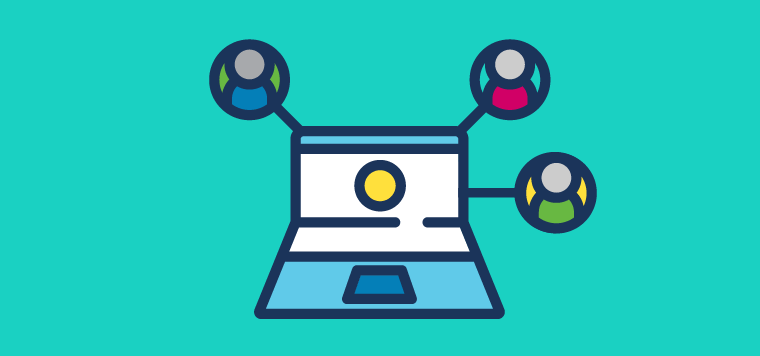Improve Your Workforce’s Open Enrollment Experience with Integrated Employee Benefits Management Software
Open enrollment can be a dreaded time for your back-office staff. Improve their workload with employee benefits management software.
Managing benefits takes up a large portion of your HR team’s time and resources, and years like these with the global workforce still facing the implications of the pandemic, are no different. In fact, with the tough labor market, benefits packages could be an opportunity for your company to stand apart from the competition in attracting and retaining talent.
If benefits management alone can cause a headache for your back-office staff, imagine how much they dread open enrollment season. Employees opt in, opt out, and entirely change their levels of coverage through employee sponsored plans. There’s paperwork to be done, and if an employee doesn’t remember to complete their outstanding benefits selections, follow-ups to be sent, sometimes involving supervisors and managers along the way. It holds the potential for a total nightmare. But, it doesn’t have to.
What is open enrollment and why is it important?
Open enrollment is an annual, defined timeframe where you communicate your employer-provided benefit options to your employees and they can opt in, opt out or update their selections. It’s such an important time period for you and your employees because it’s typically one of the only times an employee can make changes to their benefit plans outside of a “qualifying life event.”
How do you explain open enrollment to your employees?
It’s important to explain the options available on your employee-provided plans to your workforce (so there isn’t any confusion about what is offered and to whom benefits are extend), and to also explain the tactical facts around open enrollment. Important dates, like when open enrollment begins and when final selections must be made are crucial details to communicate, as well as dates when coverage goes into effect. Failing to communicate could lead to compliance liabilities for your company should something go awry.
How can you add more value to your open enrollment employee experience?
Let’s face it, your distributed workforce of cleaners or guards is busy. Between managing and completing scheduled work and tasks, routes and patrols, plus extra duties like visitor screenings or heightened cleaning needs brought on by the pandemic, you’re already having to maximize scheduling in order to get everything done. It’s important to make other tasks — even ones that are being offered for the employees’ benefit, like open enrollment — as simple and intuitive as possible to ensure completion.
One efficient way to accomplish this is by offering open enrollment through your self-service portal. If you already have a self-service portal in place, your employees should know how to access and navigate it easily. If you need to implement a solution, keep a lookout for user-friendly interfaces with clear navigation. From a back-office standpoint, some important features to consider include notifications to ensure you are communicating deadlines to your employees. Can you set banner alerts that appear when your employee is accessing their self-service portal, for example? Consider features that help you stay in compliance with required notices, while simplifying processes as much as you can for your already busy workforce.
How can you improve benefits management?
Think about leveraging benefits management software to alleviate some of the heavy lifting for your back-office staff. The time spent to set up enrollment is minimal compared to manual hours spent completing the same work, and once it’s set up you can leverage online enrollment for easy employee scheduling. If you use an employee self-service portal, online enrollment can usually be folded into the same functionality, so your workers (even those who may not be as tech savvy as others) can access information and navigate selections with ease. Some benefits of using a benefits management system as a part of your employee self-service portal include:
- Easy data transfer for more accurate data management. Selections are transferred easily to your insurance carrier’s feed, and automatically updated on a regular basis so that any new enrollments (or those who might have left the company) are accounted for.
- Integration with workforce management software so you can see the status of an employees benefits through a comprehensive report or employee master file.
- Simplified checks and balances for better compliance. Your back-office staff can easily see whose selections are in progress, completed or untouched, and send notifications or reminders as needed. And, you can keep a log of how and when benefits were offered and what communications employees received, saving you from compliance-related fines.
- Less paperwork puts more time (and money) back into your day. A technology-driven benefits management process drastically reduces manual work (like supervisors handing out benefits packets by location or requiring in-person signatures of completion).
